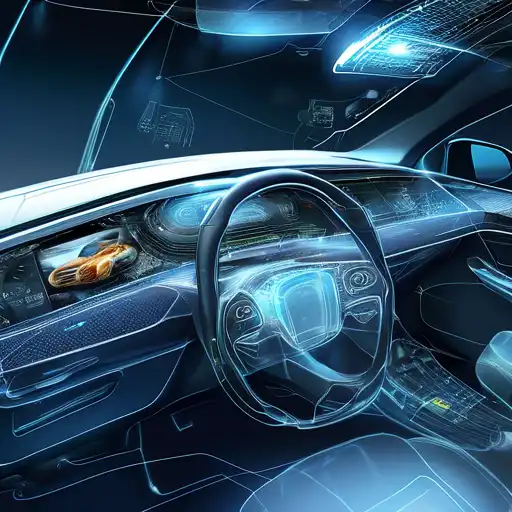Introduction to Embedded Systems in Automotive
Embedded systems have become the backbone of modern automotive engineering, driving innovations that enhance safety, efficiency, and user experience. These specialized computing systems are designed to perform dedicated functions within larger mechanical or electrical systems, making them indispensable in today's vehicles.
The Role of Embedded Systems in Enhancing Automotive Safety
Safety is paramount in the automotive industry, and embedded systems play a crucial role in achieving high safety standards. From advanced driver-assistance systems (ADAS) to anti-lock braking systems (ABS), embedded systems ensure that vehicles are not only smarter but also safer. For instance, ADAS technologies rely heavily on embedded systems to process real-time data from sensors and cameras, enabling features like lane departure warnings and automatic emergency braking.
Innovations Driven by Embedded Systems
The automotive industry is witnessing a wave of innovations thanks to embedded systems. Electric vehicles (EVs), autonomous cars, and connected vehicles are just a few examples where embedded systems are making a significant impact. These technologies are not only transforming how vehicles operate but also how they interact with the environment and other vehicles, paving the way for a future of smart transportation.
Challenges and Solutions in Automotive Embedded Systems
Despite their benefits, embedded systems in automotive applications face challenges such as high development costs and complexity. However, advancements in semiconductor technology and software engineering are providing solutions that reduce these barriers, enabling more efficient and cost-effective embedded systems. For example, the use of artificial intelligence (AI) in embedded systems is optimizing performance and reducing development time.
Future Trends in Automotive Embedded Systems
The future of automotive embedded systems is bright, with trends like vehicle-to-everything (V2X) communication and over-the-air (OTA) updates gaining momentum. These advancements promise to further enhance vehicle safety, efficiency, and connectivity, making driving a more enjoyable and secure experience. As the automotive industry continues to evolve, embedded systems will remain at the heart of this transformation, driving innovations that were once considered impossible.
Conclusion
Embedded systems are revolutionizing the automotive industry by enhancing safety and driving innovation. From ADAS to autonomous vehicles, these systems are enabling technologies that make vehicles smarter, safer, and more efficient. As we look to the future, the role of embedded systems in automotive applications will only grow, heralding a new era of smart transportation.
